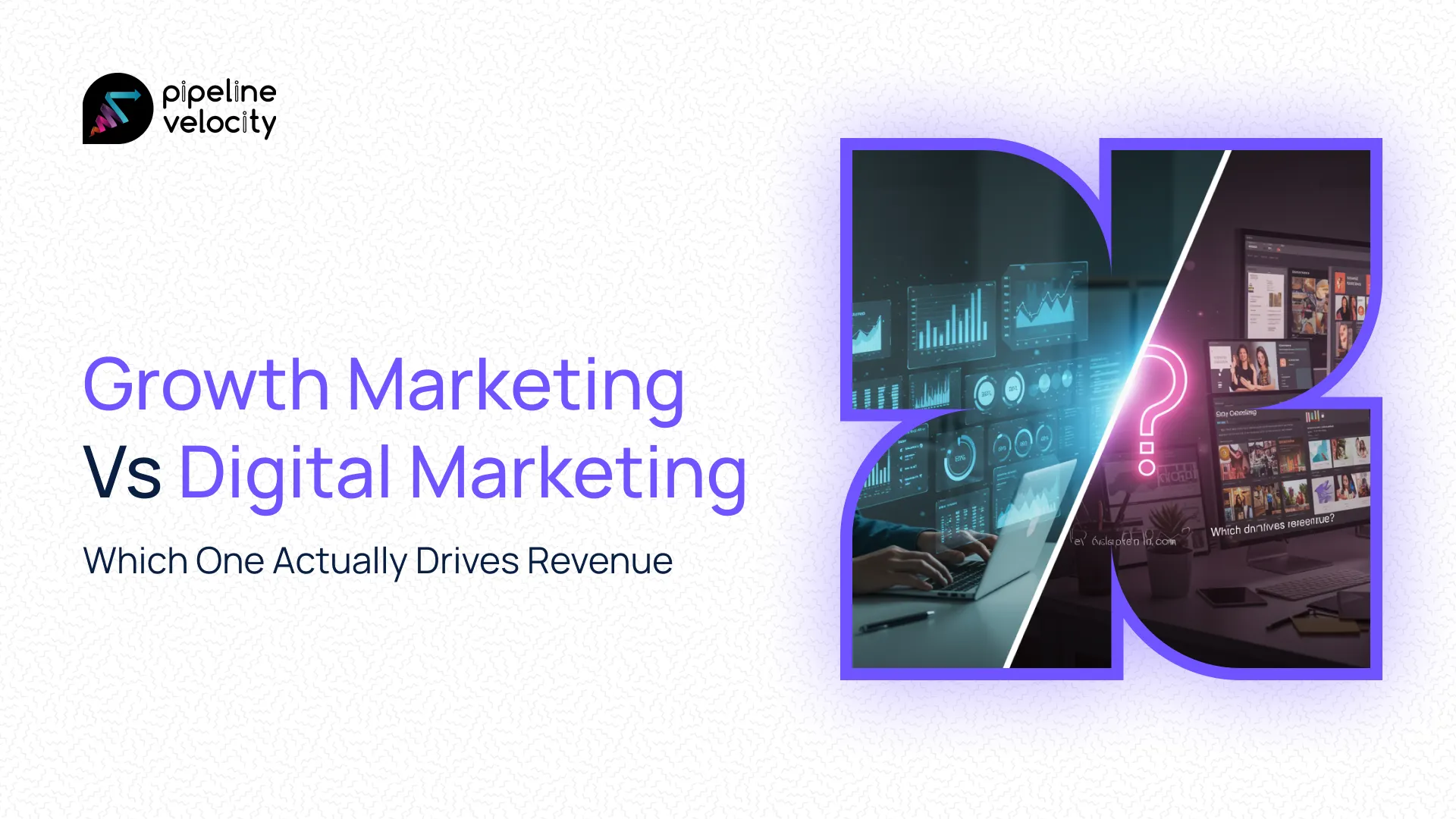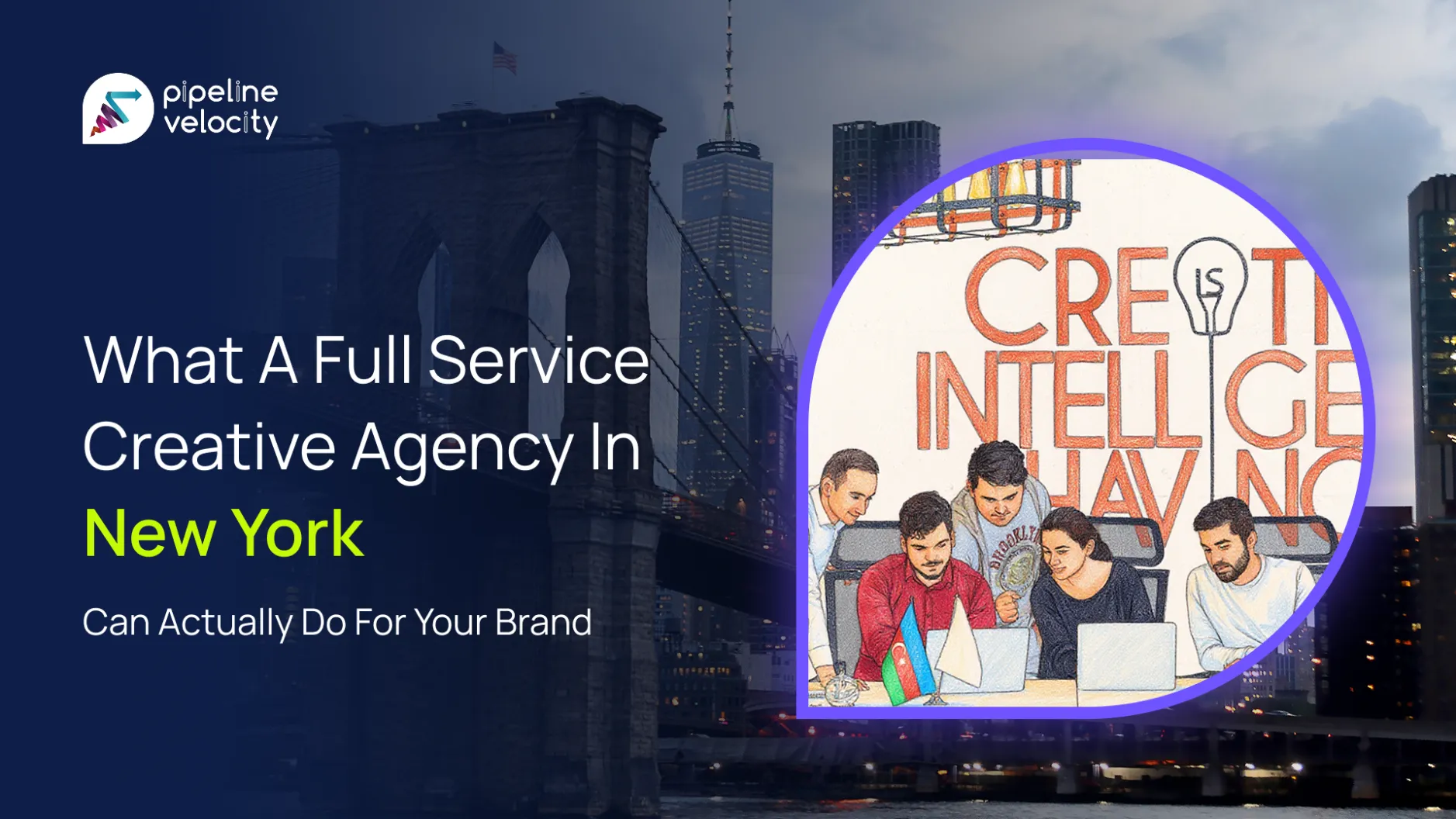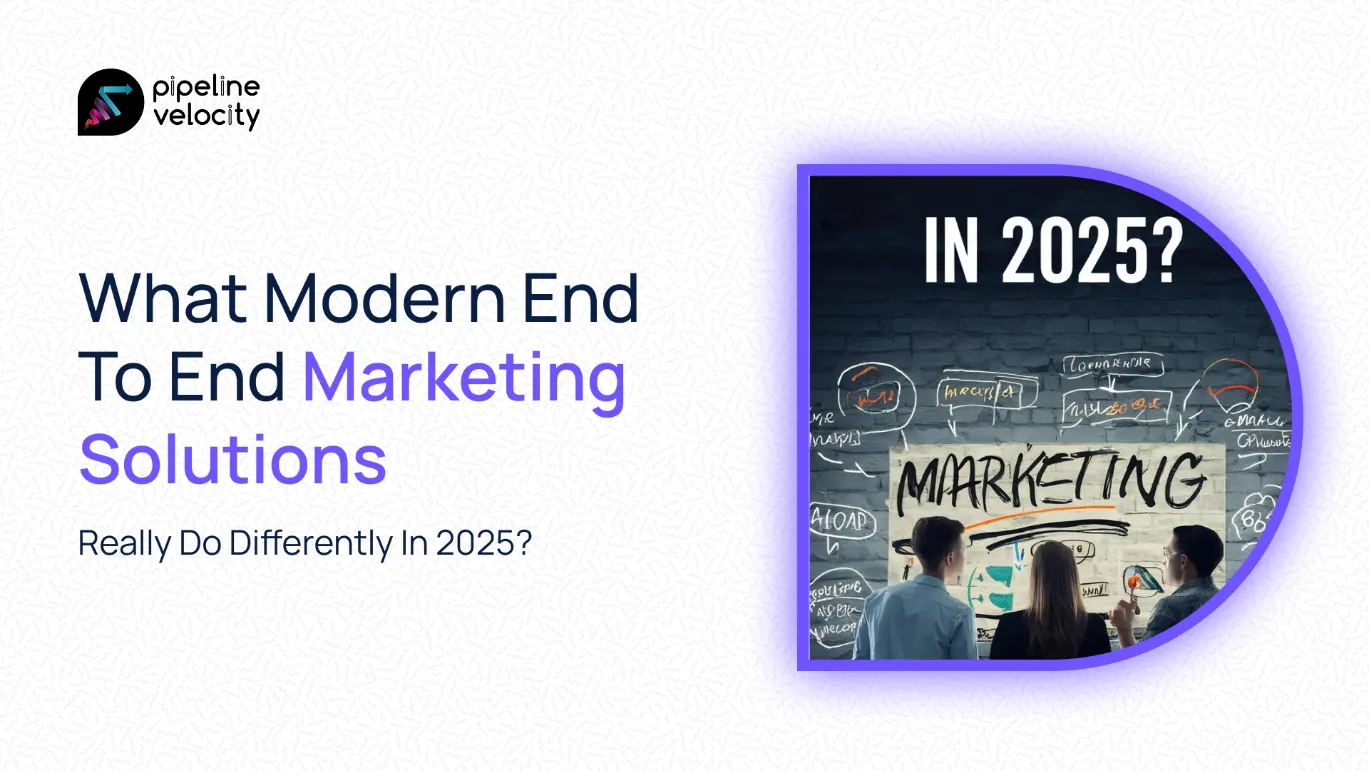C-suite teams want faster creative, lower costs, and stronger returns. ChatGPT Version 5 promises sharper reasoning and cleaner outputs, so marketers ask what it actually delivers. You can use it to draft audience insights, spin ad angles, and tighten landing page copy in minutes. You still need smart prompts, brand guardrails, and clear data inputs to get results that match your goals. Use the model for speed and scale, then layer your judgment to keep the voice human and the message on brand.
ChatGPT Version 5 and How It Can Change Your Marketing Strategy in 2025

This section sets the stage. You want to know what Version 5 brings to the table and where it fits in a modern plan whether to refining your blogs or social media posts using chatgpt agent. You also want clear guardrails so your team can move fast without breaking your brand. We break down the headline shifts, explain what they mean in day-to-day work, and show how to plug them into planning, production, and performance.
How ChatGPT 5 Stands Apart From Earlier Models
Marketers care about what changes the work, not lab benchmarks. Version 5 pushes stronger reasoning, longer context handling, and smoother multi-turn chats, which helps when you brief it like a teammate. You can keep more background in a single thread, so the model remembers your offer, tone notes, and audience details without constant reloading. It writes with tighter logic across long pieces such as pillar pages and nurture sequences, so you fix fewer seams later. It also follows style sheets with more discipline, which helps brand marketing teams protect voice across emails, ads, and web copy.
Key performance upgrades marketers will notice right away
Speed and quality show up first. You get faster drafts that need fewer edits, which means you can test more ad angles and email variants in the same sprint. The model now handles complex prompts that mix channel goals, buyer stage, and tone, so your first pass looks closer to final. It also reacts to short feedback notes such as “tighten verbs,” “trim fluff,” or “add proof,” and it adjusts in that direction without losing the core idea. That makes creative reviews smoother and shortens cycles across content and paid media. Teams running performance marketing feel the lift because faster variant cycles fuel stronger tests.
AI creativity vs consistency: what’s actually improved
Marketers want fresh ideas that still sound like the brand. Version 5 generates more diverse takes when you ask for options, then holds a steady voice once you pick a lane. You can ask for ten subject lines that hit curiosity, value, or urgency, then tell it to rewrite the winners in your exact tone. It keeps rhythm and word choice more consistent across the set, which helps deliver a coherent campaign. When you need variety for A and B tests, it gives spread without going off-brand. That balance saves time you used to spend normalizing dozens of assets by hand.
Smarter conversations but still room for human touch
You can brief Version 5 like a junior strategist and get back structured plans with audiences, hooks, and message ladders. It digests research, highlights gaps, and suggests angles to test. It still needs your judgment to set priorities, weigh risk, and pick the final voice. It also benefits from your taste. You know when a line feels cliché or when a claim needs proof. Treat the model as a fast idea engine and a solid second set of eyes. You keep the brand soul. Artificial intelligence accelerates the work, and you decide what ships.
Our Services at Pipeline Velocity for Faster AI Impact
Our services at Pipeline Velocity translate Version 5 into measurable growth. We align prompts, data, and brand voice so your team writes, tests, and learns without friction. Pair our Performance Marketing with Integrated PPC and SEO to drive qualified traffic while you refine messaging. When you need brand depth, our Brand Marketing Agency work sets pillars and proof that AI can scale across channels. For leadership coverage, tap our Outsourced CMO Services to set goals, budgets, and guardrails that keep growth on track.

Expectations vs Reality of ChatGPT Version 5
Marketers hear bold claims. Teams expect instant strategy, perfect accuracy, and magic traffic. The reality looks strong but practical. Version 5 upgrades output quality and speed, yet it still needs direction, data, and review. You get leverage when you scope clear jobs and wire clean inputs. You waste time when you ask it to guess your goals or your audience.
What hype promised vs what businesses are really seeing
Hype promised expert-level answers for any use case. Marketers in the field report a different pattern. The model shines when you give it tight context such as ICP notes, past winners, and tone rules. It fumbles when you throw vague prompts or ask for sensitive claims without sources. Teams that see returns document prompts, build small playbooks, and keep humans in the loop. For context on execution gaps, see why many agencies miss results in our post on why digital marketing agencies fail to deliver. Output improves with each cycle because the system learns your rules and collects better examples.
Real-world marketing use cases where it shines
Version 5 handles idea generation, copy variants, and channel-specific tweaks with ease. You can feed it a core message, then ask for a short LinkedIn post, a Meta primary text, and a Google RSA set with pinned assets. The model can also structure landing page wireframes with hero lines, proof blocks, objections, and FAQs. It helps product marketers build message maps that tie features to outcomes for each persona. It drafts interview guides for customer research, then summarizes calls into crisp notes. It supports SEO teams with outline options and on-page suggestions before a human edits for authority, and pairs well with our SEO services. For content teams targeting generative results, use our guide to optimize for generative engines.
Scenarios where it still falls short for teams
The model still guesses when you ask for niche facts without sources. It may sound confident while getting small details wrong, which can hurt trust. It also struggles with brand humor and cultural nuance if you skip examples. Regulated industries such as finance, health, and legal still need strict review. If you rely on it for real-time data, you risk outdated claims. You win when you use it as an accelerator for thinking and drafting, then use your subject matter experts to validate and finish.
What These AI Shifts Mean for Everyday Marketers

AI touches the entire go-to-market loop. Your planning gets sharper because you can test more hypotheses up front. Your production gets faster because you ship more assets with fewer bottlenecks. Your performance improves because you can iterate tests more often with cleaner insights. This section shows how to plug Version 5 into planning, content, and paid media.
How artificial intelligence is reshaping campaign planning
Start with a clear brief that names the audience, the offer, the friction, and the desired action. Ask Version 5 to expand the brief into a hypothesis matrix that pairs hooks with segments and channels. Use the outputs to pick 3 to 5 strong bets for the first wave of tests. Ask for risks and blind spots so you can plan pre-mortems and mitigation steps. Run a second pass to convert those bets into scripts for creative production, so the team moves from idea to asset without lag. If you build lean teams, our post on the fractional marketing team model shows how to staff these sprints.
Impact on social media, content, and paid media efforts
Social teams can turn one message into multiple cuts for TikTok, Instagram, LinkedIn, and YouTube with less manual rework. Content teams can turn a Q and A interview into a pillar post, a newsletter, and a slide deck in the same week. Paid media teams can spin 20 clean headline and description pairs, then map them to audience signals for ad sets. You still write final hooks and checks. Version 5 cuts the grunt work so you spend more time on the angles that move revenue. For deeper channel playbooks, see our social media marketing services and a data-backed take on SEO vs GEO in 2025.
Why AI tools still need your creative direction
Great campaigns feel human. They start with a sharp insight, they speak with conviction, and they respect the buyer. The model can map formats and draft language, but you own the point of view. You decide where to push humor, when to tell a story, and how to show proof. You decide which idea deserves a bigger test budget. Keep that creative steering wheel in human hands while AI handles speed, structure, and clean first passes.
Limitations of ChatGPT Version 5 You Should Know
Every tool has limits. Version 5 improves reasoning and style control, yet it still makes confident errors and misses context that lives outside the prompt. You avoid surprises when you know where it slips. This section outlines accuracy, ethics, and usage constraints that affect day-to-day work.
Accuracy gaps and when to double-check AI outputs
Treat facts as draft until you verify. The model may replay outdated data, misread ambiguous phrasing, or invent details when it lacks context. Ask for sources when you need them, and check those sources. Keep a review checklist for claims, numbers, and compliance language. Maintain a short list of go-to references so your team can confirm fast. You protect credibility when you spot and fix small slips before they go live. If your program leans on influencers, review the FTC’s guidance on endorsements, influencers, and reviews.
Ethical concerns and biases that remain in the system
All large models reflect patterns from their training data. That can include bias in tone, examples, or assumptions. You fight bias by giving inclusive guidance in your briefs and by reviewing outputs with care. Avoid stereotypes and charged claims. Keep a style sheet that bans harmful tropes, and show examples of language you prefer. Train your team to flag issues and to swap in better phrasing. Good guardrails help you use artificial intelligence in a way that respects your audience. For a structured approach to AI risk, use NIST’s AI Risk Management Framework.
Usage limits that may affect marketing workflows
Plan for throughput caps and team access. Your peak hours may collide with limits, which can slow production. Build a buffer into timelines for high-volume tasks such as ad variant generation or localization. Keep a fallback plan with templates and older drafts so you never block on one tool. Track usage across seats to balance demand within your team. For evergreen content workflows, our post on whether blogs still matter in 2025 outlines how to schedule work that compounds.
Winning Strategies for Marketers Using ChatGPT 5.0

You get outsized returns when you combine Version 5 with your data, your voice, and a tight workflow. This section lays out practical playbooks that teams can run every week. Use them to ship campaigns faster, test smarter, and keep the message human.
Blending AI insights with customer data for better targeting
Feed the model with audience facts. Include segments, jobs to be done, pains, and buying triggers from your CRM and research. Ask for message ladders that map benefits to each segment and stage. Then request creative angles that connect those benefits to clear outcomes. Use the outputs to brief design and video, then wire those assets to match the message. Close the loop by tagging performance by segment so your next prompts include what won. If you want tighter pipelines, our CRM management service connects marketing data with sales actions.
Building faster campaigns with human-AI collaboration
Assign clear roles. The model drafts, the marketer refines, and the editor approves. Start with a kickoff where you set goals, budget, and constraints. Ask Version 5 to produce a production checklist that names every asset, owner, and deadline. Use it to run the sprint. During reviews, give short, specific notes such as “swap claim for proof,” “cut the opener,” or “add CTA above the fold.” The model applies the edits, and you keep momentum.
Content personalization that feels less robotic
Personalization works when it feels like a real person wrote it. Build a voice kit for each segment that includes tone, vocabulary, and sample lines. Ask Version 5 to use the kit when it drafts email or ad copy. Set limits on how often it repeats names or inserts placeholders. Add real proof such as case stats or quotes to ground the message. Keep sentences tight and direct so the copy reads like a human wrote it.
Balancing automation with authentic brand voice
Automate structure and speed. Protect story and stance. Lock your core narrative in a brand book with pillars, proof points, and taboo phrases. Ask Version 5 to check outputs against that book. When the model drifts, course-correct with examples that show the right tone. Rotate a human final pass on high-stakes assets such as homepages, pricing pages, and investor decks. Your audience hears a real voice, not a template.
How Pipeline Velocity Helps You Adapt to AI-Driven Marketing
Pipeline Velocity helps growth teams turn Version 5 from a shiny tool into a true advantage. We align the model with your goals, your audience, and your brand voice. We build prompts, workflows, and review steps that your team can run without friction. We also bring playbooks that we have pressure-tested across industries, so you skip months of trial and error.
Expert support to align AI tools with your goals
Our team maps your current funnel and your growth targets. We build an AI action plan that fits your stack and your constraints. We create prompt kits for research, copy, and creative that your team can use on day one. We also train your editors to spot common pitfalls and to set the right guardrails. You move faster while you keep quality and compliance tight. Combine our growth marketing, SEO services, and performance marketing to turn plans into pipeline. Learn more about our approach at Pipeline Velocity.
Real strategies tested across industries that deliver results
We bring real-world patterns, not guesswork. We have shipped campaigns in B2B software, consumer services, and ecommerce, and we use that knowledge to guide your tests. We design sprints that pair Version 5 with your data to find winners fast. We set up reporting that shows what works by segment and channel. We then scale the best ideas with creative that keeps your brand voice front and center. See how we work at Pipeline Velocity.
In summary…
This summary gives you a quick checklist you can use with your team today. Use it to plan pilots, guard against common risks, and keep the brand voice strong while you gain speed.
- Strategy first, tools second
- Start with a sharp brief that names the audience, offer, and action.
- Pick 3 to 5 test bets before you draft assets.
- Human direction at every step
- Use Version 5 for speed and structure.
- Keep a human final pass on high-stakes pieces.
- Feed the model real context
- Include segment insights, past winners, and tone rules.
- Ask for sources when you need facts.
- Build repeatable workflows
- Create prompt kits, templates, and review checklists.
- Track usage to avoid caps during peak work.
- Measure and learn every week
- Tag performance by segment and message.
- Fold wins and losses back into your next prompts.
You can ship more campaigns with less drag when you blend artificial intelligence with strong creative taste. Keep the voice human, keep the data clean, and keep the workflow tight. If you want a partner to set this up for your team, Pipeline Velocity stands ready to help.
FAQs
Is ChatGPT Version 5 worth using for marketing strategy?
Yes, if you treat it as an accelerator, not a replacement. You get faster drafts, tighter structure, and more options to test. You still need a clear brief, brand rules, and a human editor. Teams that invest in prompts, workflows, and review see the biggest gains. Treat it like a sharp tool that multiplies the skill of the person using it.
How is ChatGPT Version 5 better than free versions?
Paid versions usually offer stronger models, higher limits, and better control features. You can run larger prompts, keep longer context, and produce more variants per session. That matters when you handle real campaigns with real deadlines. You also get access to updates sooner, which helps your team stay sharp. The quality jump shows up in fewer rewrites and more usable first passes.
What are the main limitations of this new release?
Version 5 can still make confident errors, miss niche context, and echo bias from its training data. It may also hit usage caps during peak hours. It works best when you give clear facts, show style examples, and keep a human reviewer on final. Treat numbers and claims as draft until you verify. Keep a checklist and a short list of trusted sources to speed up validation.
Can marketers fully rely on AI for content creation?
No. AI can draft, organize, and format content at speed, but humans set the idea, the voice, and the proof. You know your buyer, your market, and your brand story. Use AI to move faster and to test more options. Use your judgment to choose the angle that earns trust and drives action. That partnership wins.
How should a business start integrating ChatGPT Version 5?
Start small with a focused pilot. Pick one campaign, define clear goals, and write a brief. Build a prompt kit, a review checklist, and a simple tagging plan. Run for two weeks, then measure quality and speed. Expand to more channels once you see consistent gains. If you want help, talk to Pipeline Velocity about a quick-start plan.






